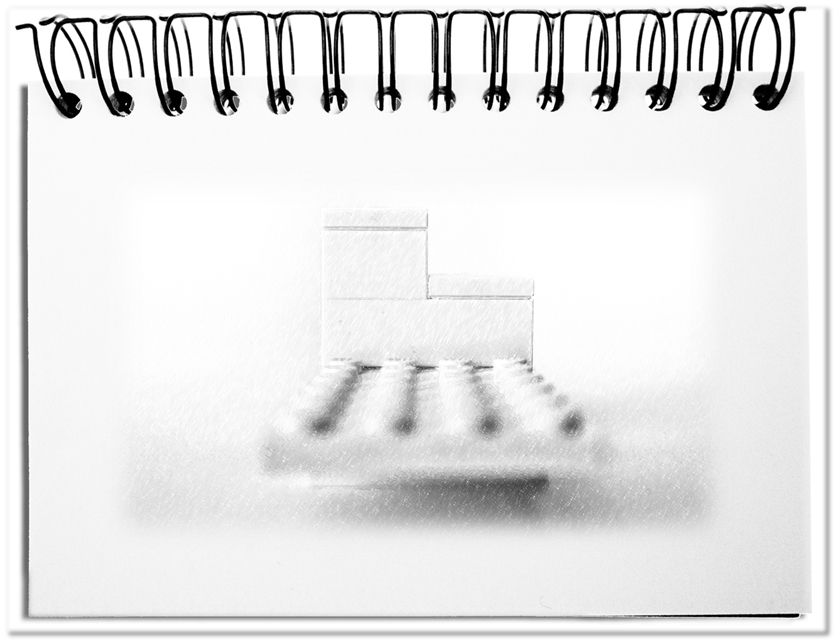It has always been difficult to form an opinion about companies, products, employers, employees, travel destinations, films, books, authors, and stage plays. The list could go on forever. Due to the fast pace of life, we have no time to familiarize ourselves with something so that we can form our own opinion. Since price no longer provides an indication, specialized valuers have developed offers that make the assessment for you. They regularly produce overviews that offer the rationale for decisions – product tests, employer rankings, technology ratings as well as restaurant and hotel guides and even book, theatre and film reviews. The more established the rating agency, the more standardized the rating scale – e.g. Michelin stars or the Gartner Group hype cycle. An example of these new business models are platforms that classify employers – Kununu, Great Place to Work, Glassdoor or Trendence. We are getting used to delegating assessments to others, knowing that not all stars and likes can be trusted. A bad rating is not in the interest of the rated company and consequently not in the interest of the valuing platform. This distorts reality: fake stars or the use of an external rating as a marketing tool.
The difficulties start with the description of the properties and the process of an evaluation. They end with charts, which are filtered and sorted until the company is placed on the front ranks. This makes everyone the best, the biggest, the most successful, the most effective, etc. This use of top rankings leaves no room at the top for the real leading companies. Not everything is mega-great-super. But what scaling’s are available for evaluation? The language offers at least three levels for grading properties.
- The simple description
Starting point are adjectives expressing characteristics and attributes of something or someone, e.g. the sensual description of colors (e.g. red, green, blue) and shapes (e.g. round, square, angular), sounds (e.g. loud, soft, strident), feelings (e.g. soft, rough, hot), smells (e.g. sour, sweet) and tastes (e.g. bitter, umami). We also describe economic, artistic, and moral qualities – the beautiful painting; the innovative smartphone; the trustworthy company. We describe cultures (e.g. pre-Columbian tribes in North America) and express quantities (e.g. many, hundreds). Sometimes we reach the limits of descriptiveness when words have to be invented, e.g. the German sitt for not thirsty; edutaining for educating entertaining.
The unenhanced form of an adjective makes it easy to label all expressible facts and offers an introduction to an evaluation. - The valuing comparison
It usually does not stop in describing something. We quickly begin to compare with something else. This generates priorities, rankings or super-/sub-ordination, which are unconsciously perceived and create a preference – if the balloon is redder than the other; if something round is described as rounder; if something strident is described as more strident; if a hint makes something sweet smell sweeter; when something bitter tastes even more bitter. An objective evaluation of right or wrong will be difficult after this proposition. These statements reveal a lot about the speaking persons, who use them to externalize their inner evaluation – as long as they don’t do, as if, in order to manipulate others.
The heightened form of an adjective enables an evaluation in comparison to something similar and sets a standard with it. - The confining upper limit
The ceiling of the evaluation is reached, when there is no further increase possible – the reddest red, the roundest round, the shrillest shriek, the sweetest sweet or the bitterest bitter. The objectification is attempted with appropriate measuring methods – if the wavelength of red (between 630 and 700 nm) is detected or the pungency of a chili is measured with the help of the containing capsaicin. Nevertheless, subjective perception can lead to different results. At the end of the day, everyone’s personal evaluation is valid for all of them – if something is by far the absolute, mega-super-duper Smurfeedurfee.
This highest level of an adjective forms the upper end of the scale. In order to leave room for truly outstanding qualities to be evaluated, this superlative should be used very rarely.
Bottom line: Characteristics are the basis for our decisions. They always cover a range – from almost not perceptible to the maximum. The evaluations cannot always be measured objectively, but are rather left to the discretion of people, who have their subconscious scales. This goes so far that if the measured values do not correspond with the expectations, further measurements or no measurements at all are taken. This leads to the fact that rankings change as soon as the person making the assessment changes. For this reason, it has become common to say: Never trust any statistics that you have not faked yourself. For the top of the rating scale it is important that it is rarely used. The whole thing recalibrates itself from time to time by shifting these limits. Companies, departments, teams, and individuals have the task to be aware of their own scales again and again, so that everyone involved has a common understanding and that the best does not become a meaningless standard.

